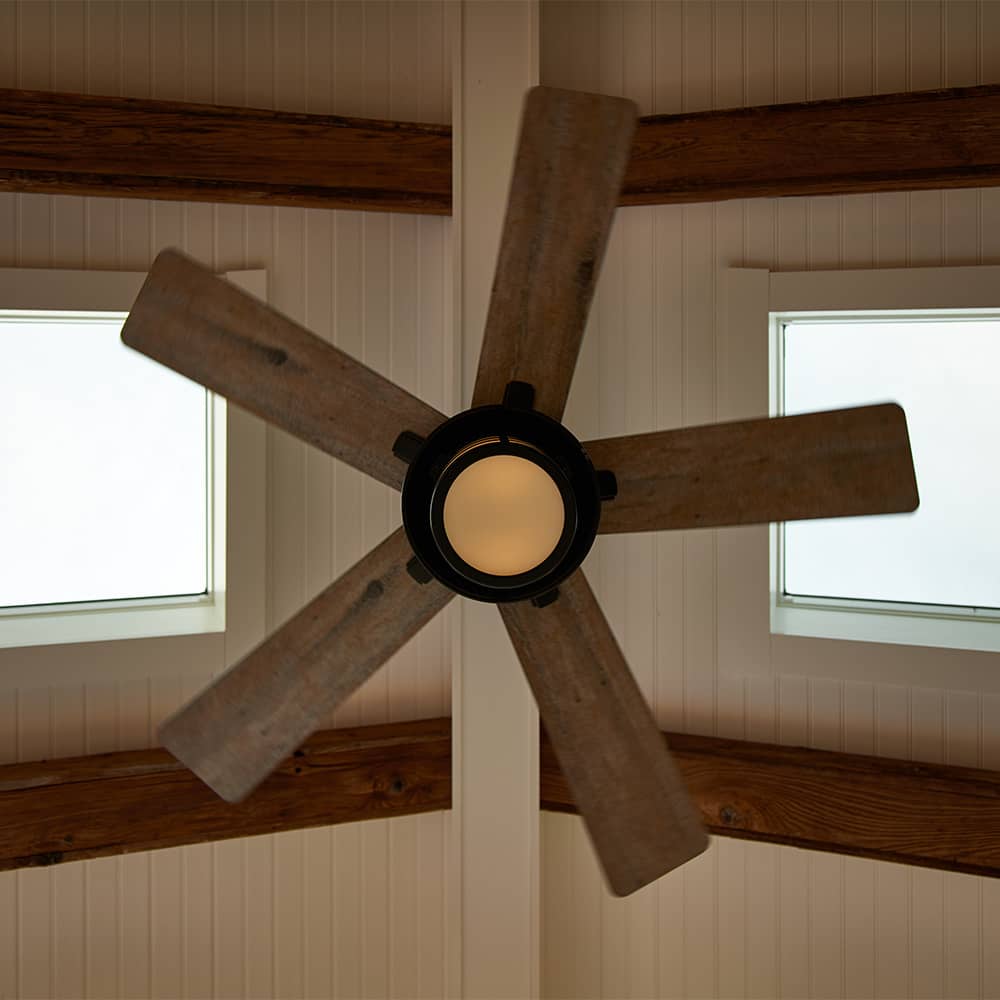How much do you know about the woolly bear?
Posted November 8, 2018 in General
This adorable little creature goes by many names…woolly caterpillar, woolly bear, woolly worm, fuzzy worm…etc. No matter what region you live and by what name you call them, we guarantee these little ones remind you of being a kid. Even today the theory of their weather predicting powers follows them, probably making them one of the most recognized caterpillars around!
Other than being deemed a winter weather forecaster, what else do we truly know about them? While we only seem to pay attention to them in the fuzzy portion of their lifecycle, there is much more than meets the eye.
Let’s start off by saying, these caterpillars are neither woolly nor bears. I know, that is blatantly obvious, but we needed a jumping point. Although they may look soft and fuzzy they are actually covered in short and stiff bristles, which may cause a reaction in those with sensitive skin, so be careful! Perhaps they earned the bear moniker because they hibernate in the winter similar to bears. No matter the namesake, they are generalist feeders, meaning they will feast on a variety of nature’s offerings. Another part of their appeal is that they don’t bite when we pick them up, right? Favoring leaves, they are also known to munch a great deal of weeds, clovers, dandelions and nettle. While they love to eat, their main focus through their travels is to find the perfect spot to hibernate so they can continue their evolution.
Evolution you say? Yes, evolution! Just as other caterpillars transform into beautiful and enchanting airborne creatures, the woolly caterpillar will eventually earn its wings. However, this happens in stages. First, when the weather turns colder, the woolly bear will seek shelter in an inconspicuous hiding spot and start its hibernation. This is where things start to get interesting. This caterpillar develops a sort of internal antifreeze to protect its internal vital bits, while the rest of it will freeze solid over winter. Armed with this incredible survival tactic, they can endure temperatures as low as -90°, and we thought running to our cars during the polar vortex was bad!
As soon as the temperatures approach 50° or so, the woolly bear will thaw and start foraging and gorging to store energy for its next phase. When it’s satiated, as if it couldn’t get more interesting, it will spin a fuzzy cocoon, out of its own fur! Flash forward 10-15 days and it emerges as an Isabella tiger moth. Although not as majestic looking as common North American monarchs or painted lady butterflies, this moth can be identified its yellowy-orange coloration, black legs and small black spots on its wings and thorax. For the rest of its adult life, it will -bad pun alert- fly under the radar, and blend into the sea of many. We suppose after being so popular as a caterpillar, the mundanity of everyday moth life would be a nice change of pace.
Now to get to what is on everyone’s mind…how did these creatures become associated with weather forecasting and is it really true?!
The winter weather prediction has been a part of American folklore since the colonial times, but it was only popularized in the masses in the late 1940s. Entomologist Dr. Howard C. Curran, was the curator of insects at the American Museum of Natural History in NYC at this time, and he decided to put the legend to the test. Heading to Bear Mountain in New York to conduct his studies, over half of the woolly caterpillars collected had wide orange bands in their fur, meaning that the winter would be more on the mild side. Dr. Curran reported his findings to the New York Herald Tribune and the story took off! While he tried to prove the theory for 8 more years, it was never truly concluded that this caterpillar was a true forecast clairvoyant.
However, through the deep examination of these critters, a few fun tidbits were discovered.
- The woolly bear caterpillar has 13 segments to its body, which could possibly correspond to the 13 weeks of winter. This certainly could add to the legend’s allure.
- The woolly bear was found to molt 6 times in its furry lifespan, its color changing with each successful shed.
- Sorry to say, but the coloring of the caterpillar’s coat does not predict the upcoming winter weather. It was found that the coloring of the coat does, however, depict how long the caterpillar has been feeding, its age and its species.
- Ready to have your mind blown on this one? The caterpillars that are all black, essentially meaning that the winter is going to pack a big punch….ARE NOT EVEN THE SAME CATERPILLAR! Trust me, my childhood was shattered when I found that out, but it is true. The all black caterpillars that resemble the woolly bear are actually giant leopard moth caterpillars and remain all black, no matter what kind of winter lays ahead.
- Essentially, everything we believed about the woolly bear/woolly caterpillar/woolly worm/fuzzy worm has been a complete falsehood. However, there is something very pure and innocent about its legend. Even though there is no truth to its prediction, there is no harm in keeping this idea alive in our children. If walking through nature on a brisk and sunny day to find woolly bears will turn off the game systems and leave the smartphones inside, I am all for it. Happy hunting!
Do you know what else will help urge your kids outside to get fresh air? A beautiful outdoor living space! Serving the Poconos, Lehigh Valley through the Main Line of Philadelphia and western New Jersey, MasterPLAN Outdoor Living would love to partner with you to create the backyard you have always dreamed of. Specializing in creating custom outdoor living spaces that perfectly fit the architecture of your home, your family’s needs and your lifestyle, a beautiful and functional outdoor living space will bring the family together and help you live your best life outdoors! When you are ready to discover the true potential for your property, reach out to MasterPLAN! We would love to work together to bring your backyard to life.
Join Our Newsletter
Stay up to date with what is happening with MasterPLAN Outdoor Living.

It’s the details that make each MasterPLAN project feel like home.

Accent lighting is one way to draw your family outdoors when the sun is sinking low. The warm glow is genuinely inviting and comforting.

This Bethlehem family loves their custom outdoor living space so much, even Stella the pup can’t resist basking in the sunshine too!

Carefully crafted outdoor living spaces take all elements of a design into consideration, down to the details of every cabinet handle!

This King of Prussia landscape design features a Phantom Screen system that protects from pesky bugs in the summer and can recess into the ceiling on demand!

Looking for a creative way to integrate outdoor privacy? We incorporated a beautiful stucco and wood feature wall in this seamless transition covered deck space which provides both function and beauty!

The way the sunset reflects off this custom overflow spa makes the water look like a sheet of glass! Perfection.

Every MasterPLAN project includes exceptionally creative design, unmatched craftsmanship and precise execution. This is our promise to you!






